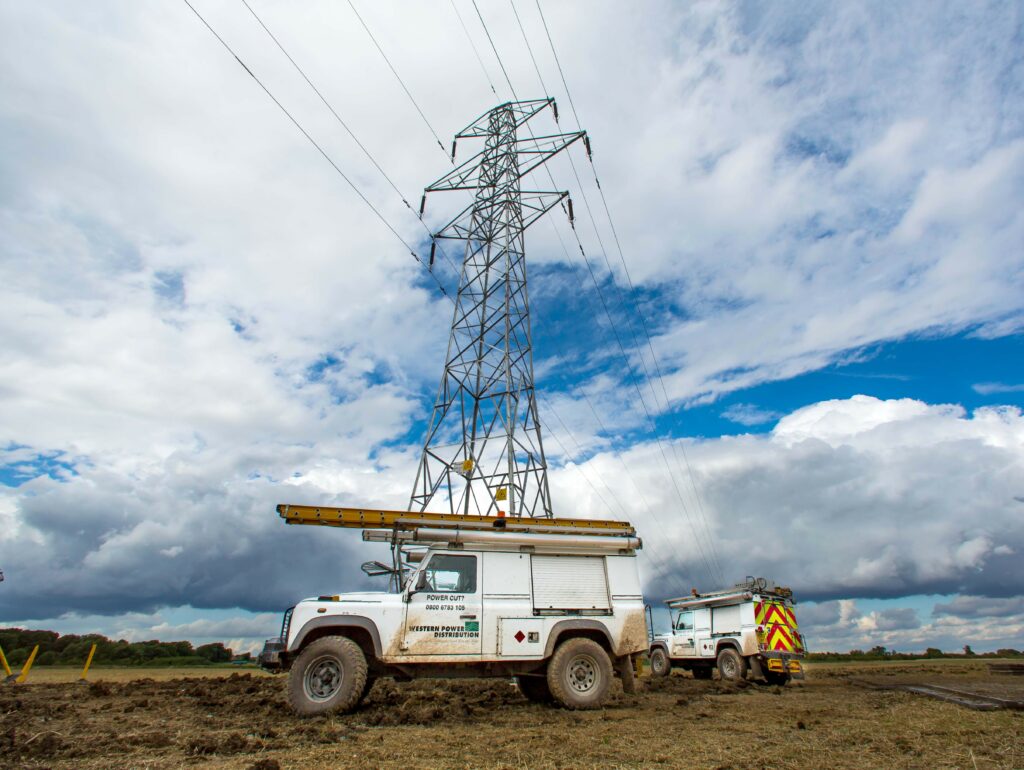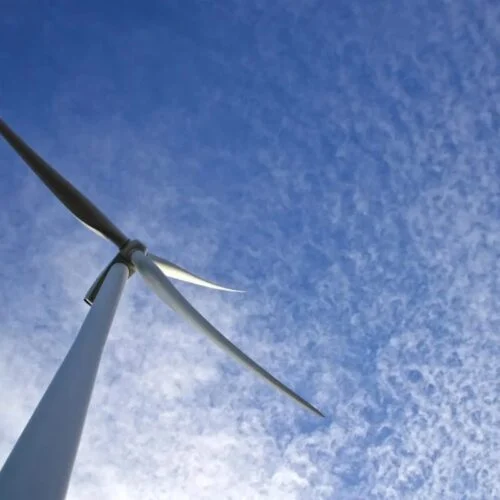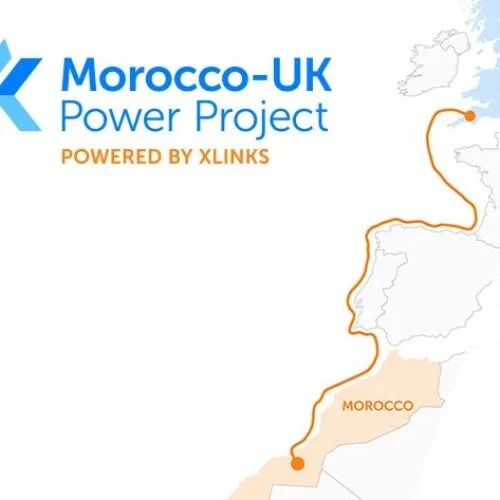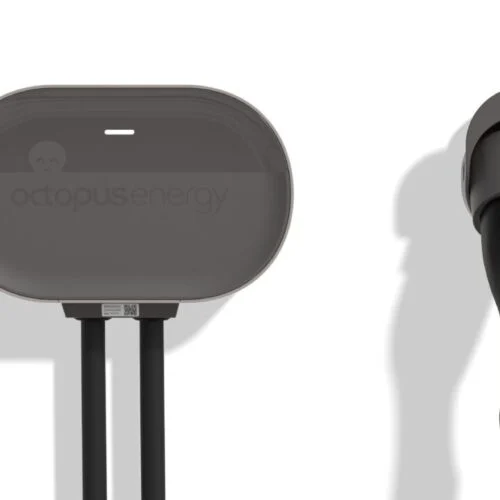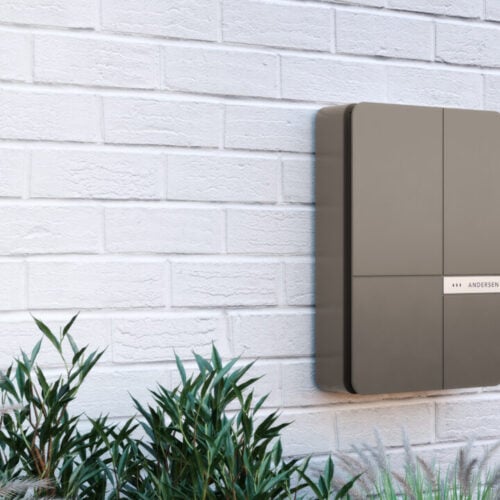Energy regulator Ofgem has released its Sector Specific Methodology Decision (SSMD) for RIIO-3, covering the period between 2026 and 2031.
The RIIO-3 price control offers network companies incentives for innovation and securing investment, so they can develop sustainable energy networks at the lowest cost for current and future customers. Doing so will be a key component of the transition to net zero.
Ofgem’s publication includes a number of financial proposals. According to the publication, the energy regulator said that “an investment of a similar magnitude to RIIO-2 is foreseeable for the electricity transmission owners (TOs) to deliver from 2026 onwards as a result of the centrally-planned investment outlook emerging from the National Energy System Operator (NESO)”.
This will play a key role in supporting the government’s 2030 decarbonisation targets. The newly elected Labour government aims to double onshore wind power, triple solar power, and quadruple offshore wind power by 2030.
Ofgem has incorporated and improved features of the RIIO-ET2 mechanisms in a number of areas based on evidence and stakeholder feedback indicating their effective contribution to the timely expansion of networks in the right locations and with a fair distribution of risk between investors and consumers.
Recognising that the investment needs will vary, some being determined by the NESO and others by the TOs themselves, the energy regulator has designed distinct elements to cater to these different requirements. It said that it has aimed to maintain the stability and predictability in regulation that is crucial for attracting the low-cost private capital that has benefited the sector and consumers.
One of the main challenges is the tight global and local supply chain, especially when it comes to equipment and labour markets. This is leading to higher prices and longer lead times. As such, Ofgem proposes that intervening on the supply side is the most effective approach. Thus, it has designed a fair and efficient framework that holds companies accountable for the risks they can control while also providing relief for risks beyond their control.
In addition, Ofgem plans to roll out an advanced procurement mechanism by early 2025. This mechanism will allow companies to secure supplier capacity before Final Determinations and can also be used during RIIO-ET3. It will be key in expanding the supply chain’s long-term capacity and reducing delivery risks for RIIO-ET3 and beyond.
A key aspect of the document and RIIO-3 for TOs is that Ofgem is seeking to utility onshore competitive tenders to drive down costs to consumers where this does not impact the time delivery of critical infrastructure.
